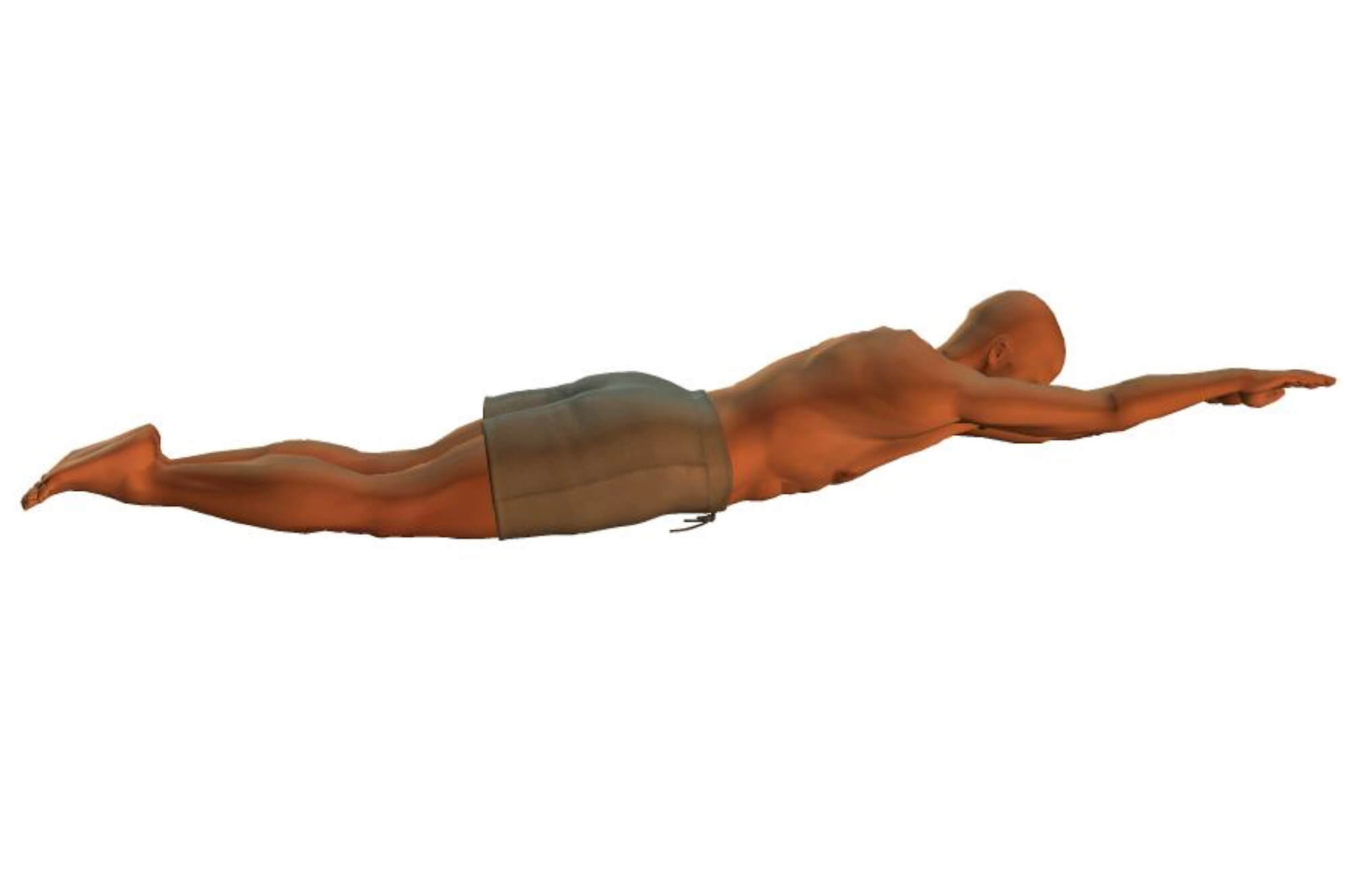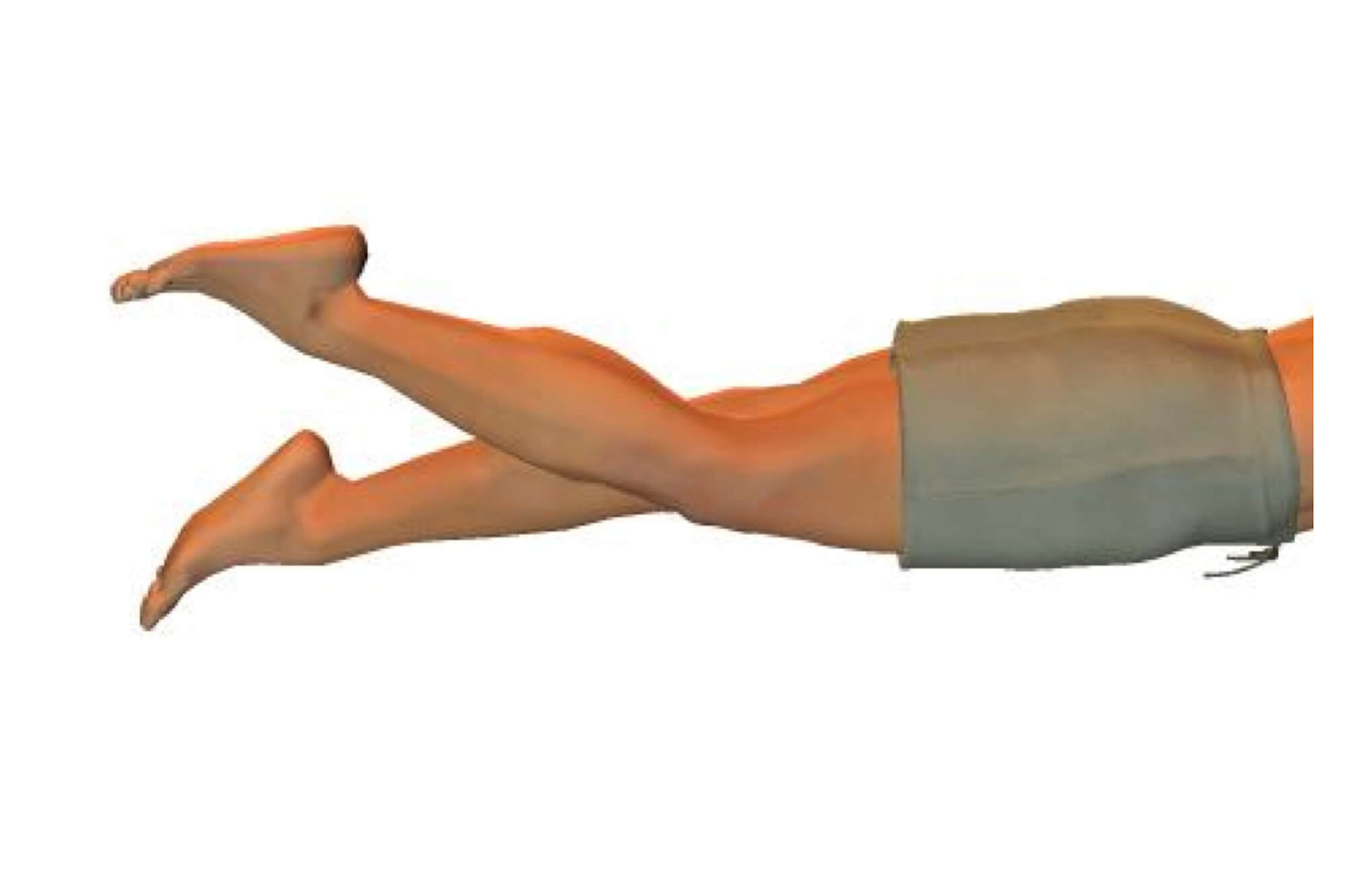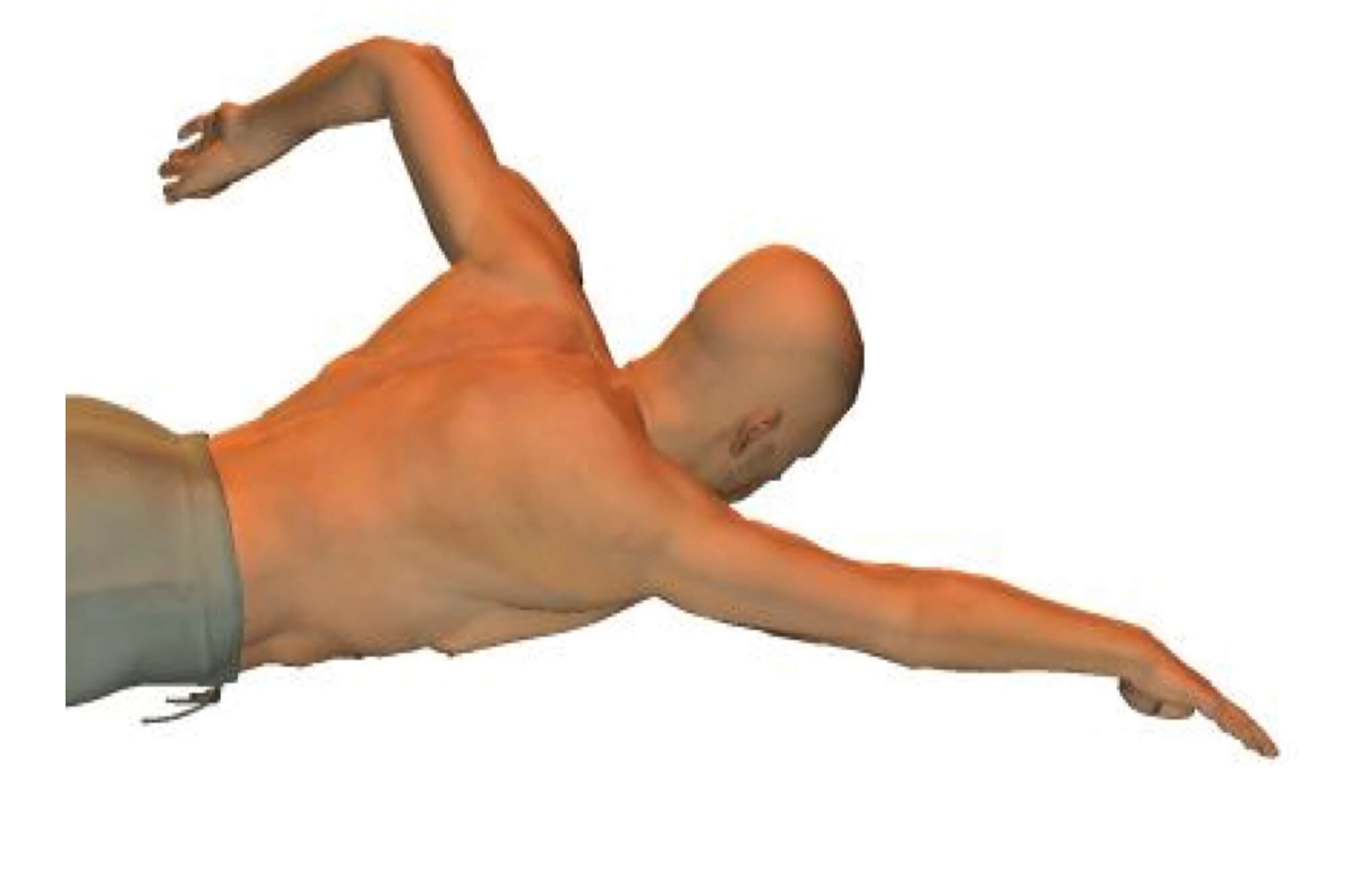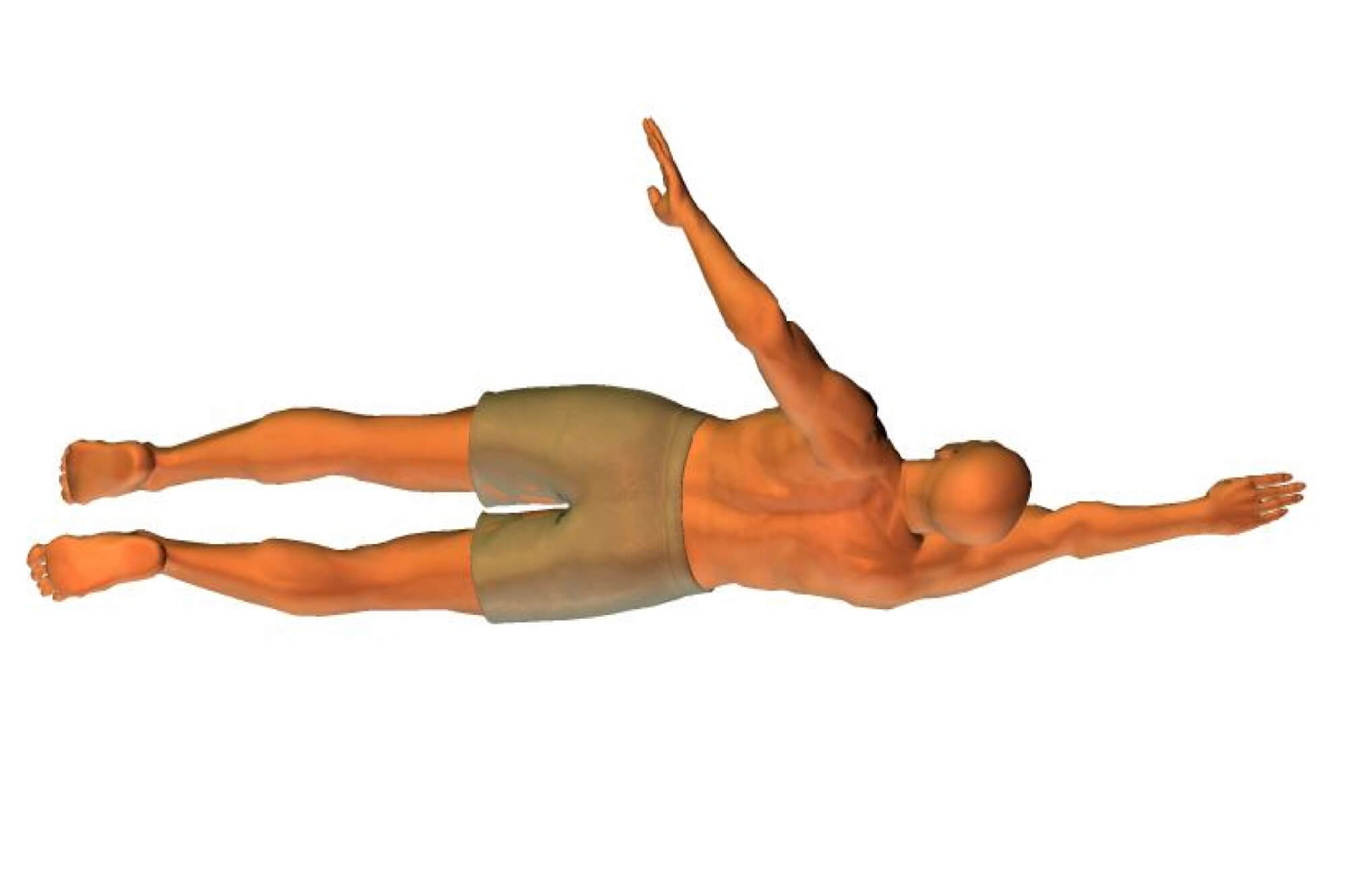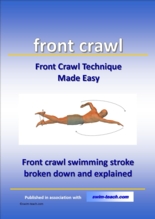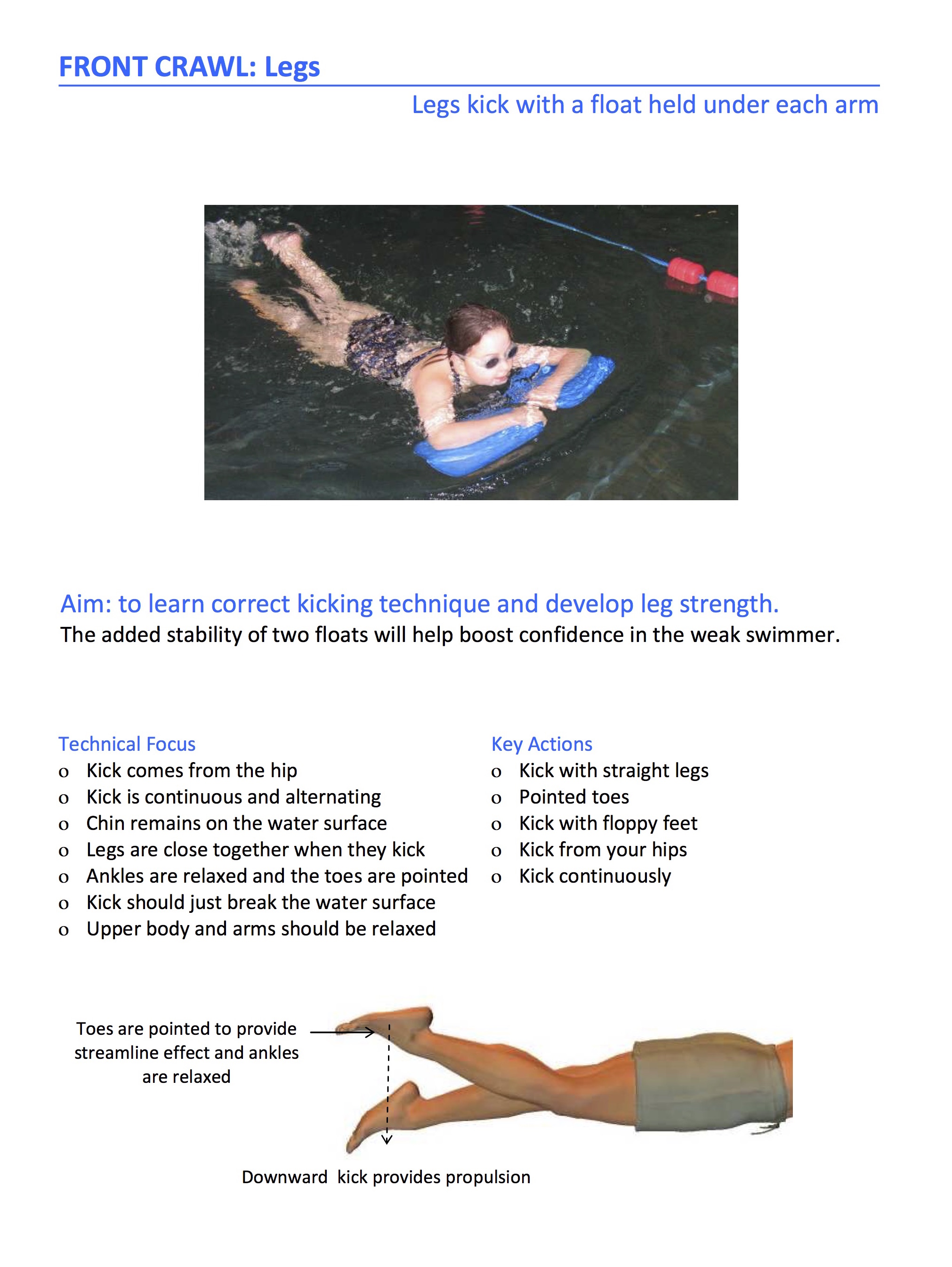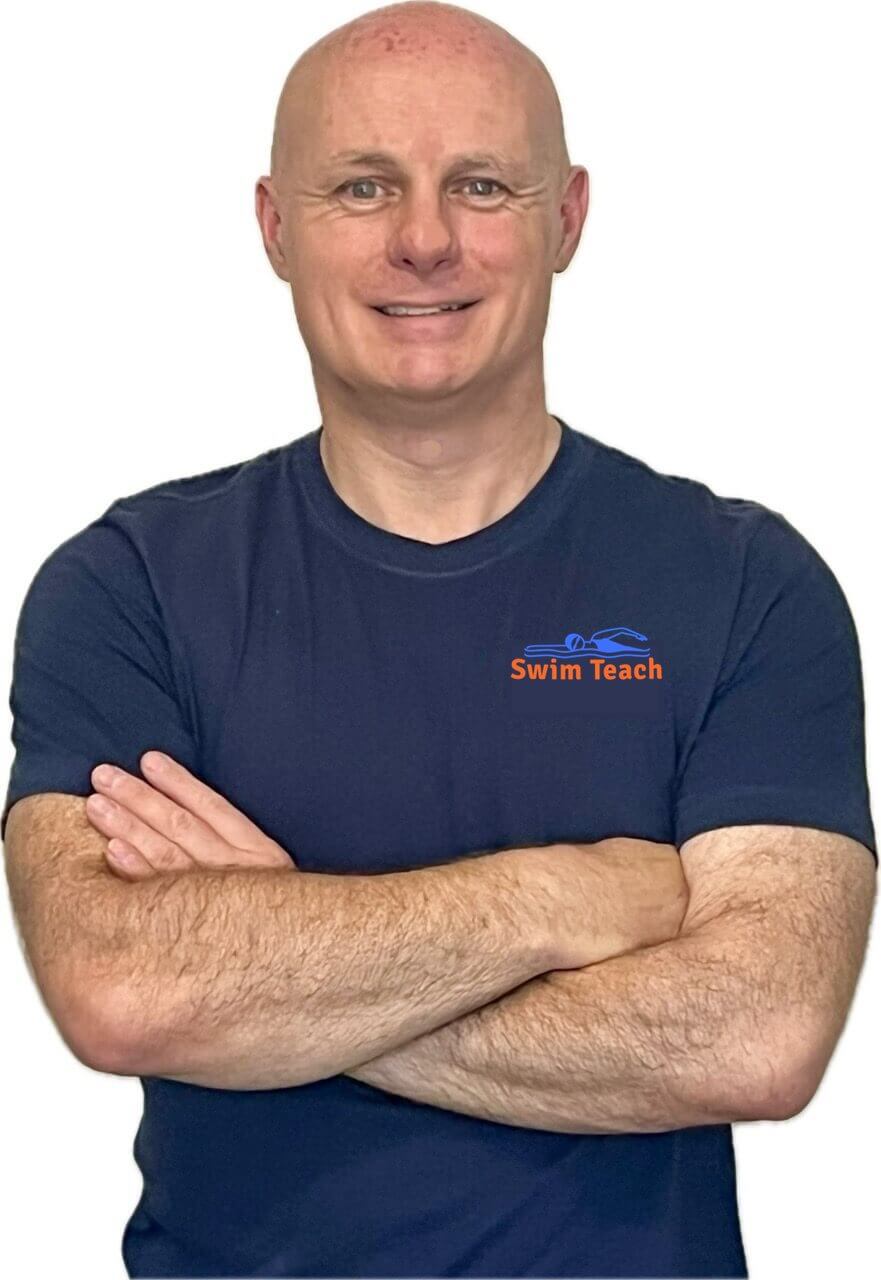- Swim Teach Home
- front crawl
- How to Kick Front Crawl
How To Kick Front Crawl
When learning how to kick front crawl, it's easy to get caught in the trap of 'if I kick harder, I will stay up' or 'if I kick faster, I will go faster'. Nothing could be further from the truth. Kicking harder and faster will almost certainly result in you swimming no quicker, not to mention becoming exhausted very quickly.
A balanced and relaxed leg kick is the key to saving energy, and a smooth and steady leg kick is vital to preventing that sinking feeling.
HOW TO SWIM FRONT CRAWL EBOOK: everything you need to master front crawl swimming stroke. 22 easy drills that focus on each part of front crawl technique. From body position to breathing and timing. Decades of teaching experience all packaged into 1 easy file. Download to your device and master front crawl TODAY! (click here for an instant preview).
Don't miss out! Click here for more details on how to get your copy.
How To Kick Front Crawl Video Demo
From the video clip, the leg kick is smooth, alternating and continuous. The legs kick in relaxed up-and-down movements originating from the hips, with a slight knee bend and a completely relaxed ankle joint. The relaxed movement enables the foot to kick in a flipper-like action, with the downward kick providing the power and some assistance to the momentum of the whole stroke.
FREE EBOOK: all of the technique tips here can be found in my 'Front Crawl Technique' book, along with a couple of bonus drills to help you perfect some essential parts of your swimming stroke.
Don't miss out! Click here to grab a FREE copy of my book.
5 Top Tips for Effective Front Crawl Kicking Technique
Below are the 5 most important tips to help keep your front crawl kick relaxed and efficient.
1. The leg kick should originate from the hips and remain within the body width.
2. Kicking should be continuous, alternating and rhythmical.
3. Toes should be pointed with ankles relaxed.
4. The knees bend slightly to take advantage of the accelerating down beat.
5. The feet make a small splash as they kick and remain near the water surface.
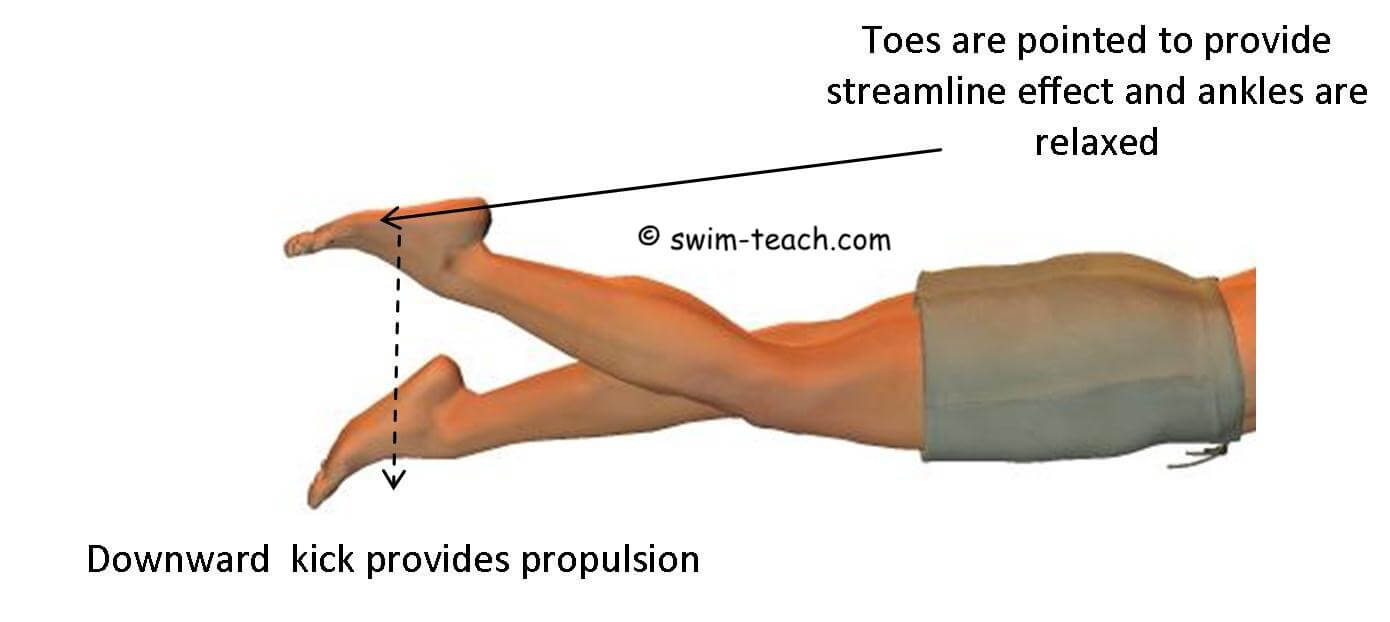
Do You Make These Common Leg Kick Mistakes?
1. Kicking Too Fast
It is very easy to put too much into the kick in an attempt to gain propulsion and movement. Keep in mind that the majority of the propulsion for front crawl comes from the arms. Therefore a slower and more balanced kick is sometimes more effective.
2. Kicking From The Knees
It is very common to kick from the knees with this swimming stroke in an attempt to generate some propulsion and movement. This can also lead to a very stiff and robotic kicking action. The kick must originate from the hip and be a smooth movement with relaxed knee and ankle joints.
3. Kicking With BIG Kicks
Another common mistake is to make the kicking movements too large. In other words the feet come out over the water surface causing excessive splash and again wasting valuable energy.
Got the leg kick? Now for the rest of Front Crawl...
Grab a copy of my hugely popular book 'How To Swim Front Crawl' and use the drills, exercises and tips to piece together the perfect stroke.
Inside you will discover 22 of the most important basic exercises that will help you to learn, fine-tune and master front crawl swimming stroke. (click here for an instant preview)
Get the most out of your front crawl and download your copy today!
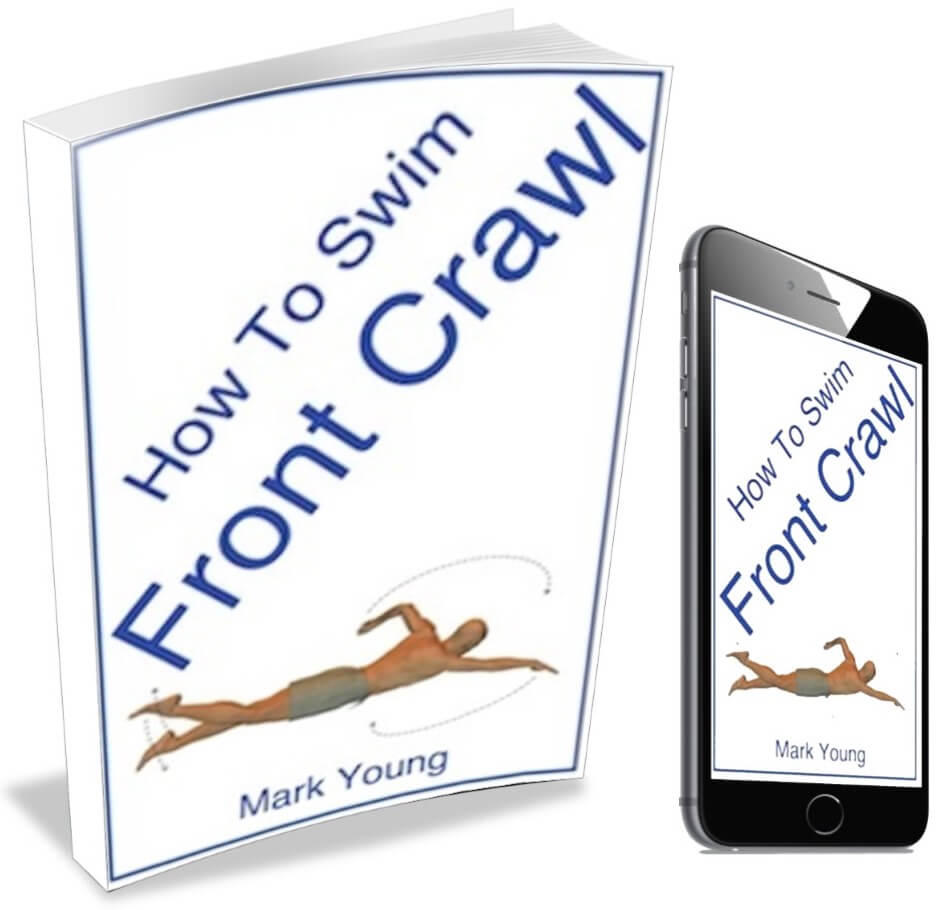 How To Swim Front Crawl
How To Swim Front Crawl$9.99

I am a member of the Amazon Associates Program and I will earn a commission from qualifying purchases at no extra cost to you.
Try This Front Crawl Kicking Drill...
A good exercise to practice the leg kick is holding a float or a kick board and kicking along the length of the pool with face down. This will allow the swimmer to focus purely on the leg kick, ensuring it is a relaxed and flowing up and down movement.
If you still feel like you are going nowhere or your energy is being wasted, try wearing fins on your feet. Don't become reliant on them, but they will help your technique. After all, your feet should behave like fins as you kick.
For more Front Crawl Drills, click here.
Related Pages
Problem Swimming And Not Moving When Kicking Your Legs? 'I've been having swimming lessons for the last 8 weeks now, my problem is that I am swimming and not moving.'
Not Moving When Kicking With A Kick Board. 'I have never been able to move when kicking with a kick board. It’s got to be my leg kick. What can I do to correct this?'

